Zabid among threatened historical cities in Yemen [Archives:2002/35/Culture]
BY MUJAHED AL MUSSA’ABI
mujahed75ye@ yahoo.com
Zabid is a city of historically renowned religious and political significance. The nature and style of its building and the environment where it had been built had made it to be classified as one of the world’s heritage cities. Zabid lies amid a fertile agricultural land and along the main coastal route. Its population is relatively well-educated and there is a wealth of old manuscripts held within the city. The restoration of traditional style buildings with the supply of modern services could provide accommodation and hotels with the development of handicraft industry and other related services could make Zabid the tourist center for Tihama.
These features, along with the expected establishment of Zabid as the capital of a new governorate, could also be utilize as buildings for culture offices, are all opportunities that Zabid can exploit to overcome its weakness and threats and bring external funding into the city.
In 1994 the Convention Concerning the Protection of the World Cultural and Natural Heritage bestowed upon the city of Zabid World Heritage City (WHC) status as an outstanding example of a traditional way of life and environment that represents Yemeni culture. This once brick-walled city of narrow, winding streets with over 200 mosques was a flourishing theological town and the center for material dyeing and weaving. It was a center for military and political control of the region. It contains buildings that are a witness to this great past.
This legacy consists of beautiful, unique structures woven into an elegant fabric. The people of the city recognize their cultural heritage and many of the buildings are well maintained. The skills and the knowledge of the traditional building methods still remain with the ability to repair and train the younger craftsmen.
Zabid threatening problems
There is a lack of local brick manicuring facilities that can produce similar color and quality of brick produced in the past. The result has been the theft of materials from the former city walls for the repair and construction of the city’s buildings and the introduction of the concrete block construction now causing damage to the fine quality and consistent design of the present city. The threats to the city’s future are serious.
The old market Suq in the very heart of the city is in the process of being abandoned and ultimately decaying. Furthermore, the new construction in the city particularly by immigrants returning from the Gulf states as a result of the Gulf war have been constructed in areas the identity of the historic environment and quality of the natural protective landscape zone around the city.
Regrettably, these functions once sustained Zabid, have vanished and it is now in danger of losing its built heritage as a result of economic decline and a lack of planning and control over the activities within the city. It raises the serious question of whether the administration has any intention of conserving this city. There is a lack of any positive action which reflects the lack of control and architecture. These ideas are reflected in the studies carried out by the UNESCO by Jean-Marie Gentilleau and Paul Bonnenfant reported in April 1998.
Zabid also lacks the economic, commercial and administrative elements necessary to maintain and manage its built heritage. However, it is in need of an overall strategic and economic planning framework from which it can grow and be maintained.
——
[archive-e:35-v:2002-y:2002-d:2002-08-26-p:./2002/iss35/culture.htm]


